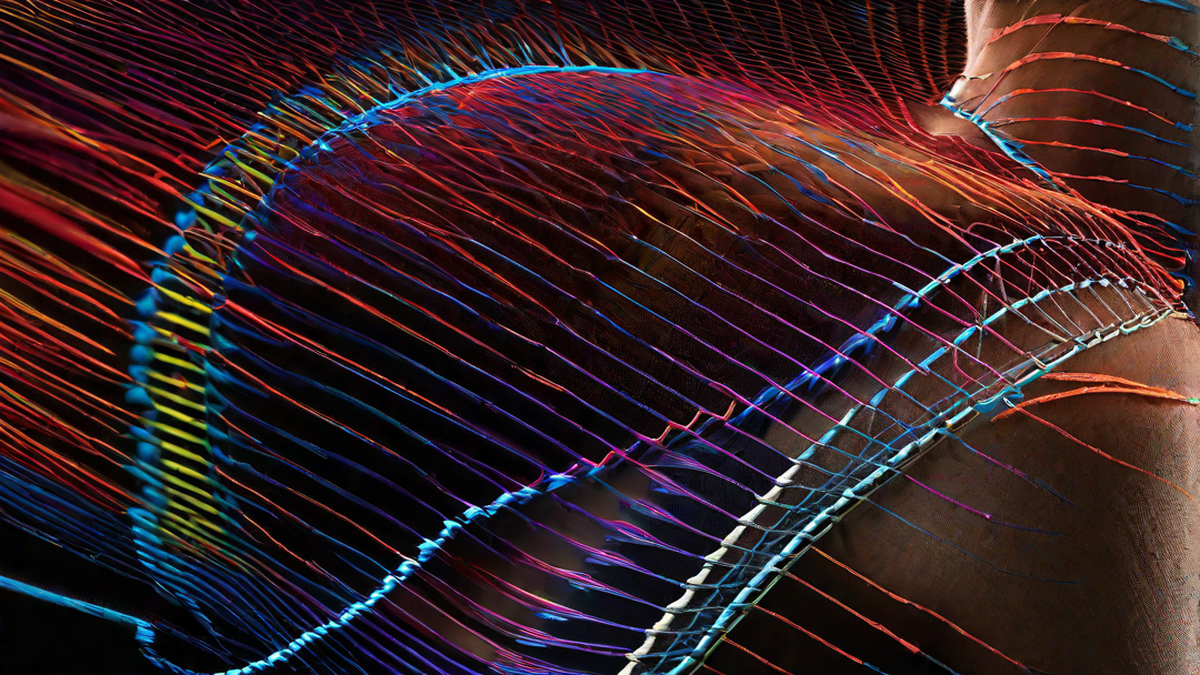When I first started running, I experienced a sharp, stabbing pain in my side that often left me doubled over, gasping for breath. This sensation is commonly known as a “stitch,” and it’s a mysterious and frustrating phenomenon that many runners have encountered at some point. I decided to delve into the science behind why we get stitches when running, and I was surprised by what I found.
The Basics of Stitches
Stitches, medically referred to as exercise-related transient abdominal pain (ETAP), occur as a result of diaphragm spasms and reduced blood flow to the stomach. These spasms and reduced blood flow lead to the familiar cramping and discomfort that can bring a run to an abrupt halt. I remember feeling so disheartened when a stitch would strike during a particularly good run, disrupting my rhythm and forcing me to slow down or stop altogether.
Possible Causes
There are several theories about what causes stitches, and the exact reason may vary from person to person. Some experts suggest that rapid breathing leads to a build-up of carbon dioxide in the blood, which can irritate the diaphragm and cause it to spasm. Others believe that the jostling of internal organs during physical activity may be a contributing factor. I personally found it fascinating to learn about the different hypotheses, especially as I was desperate to find a solution to prevent these painful interruptions to my runs.
Prevention and Management
After numerous frustrating experiences with stitches, I came across various strategies to prevent and manage them. Engaging in proper breathing techniques, gradually increasing running intensity, and avoiding large meals before running were some of the tips that I found particularly helpful. I also made sure to stay well-hydrated and focused on maintaining good posture while running. These adjustments made a noticeable difference and allowed me to enjoy my runs without the fear of a stitch creeping up on me.
Conclusion
Understanding the science behind stitches and implementing strategies to prevent them has been transformative for my running experience. While they can still catch me off guard from time to time, I now feel equipped to handle them without feeling discouraged. I hope that sharing my personal insights and the science behind stitches will help other runners feel empowered to conquer this common challenge and continue pursuing their running goals with confidence.

